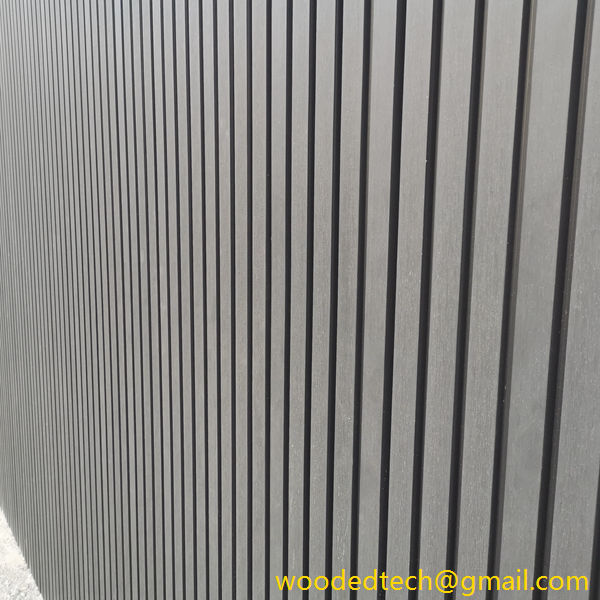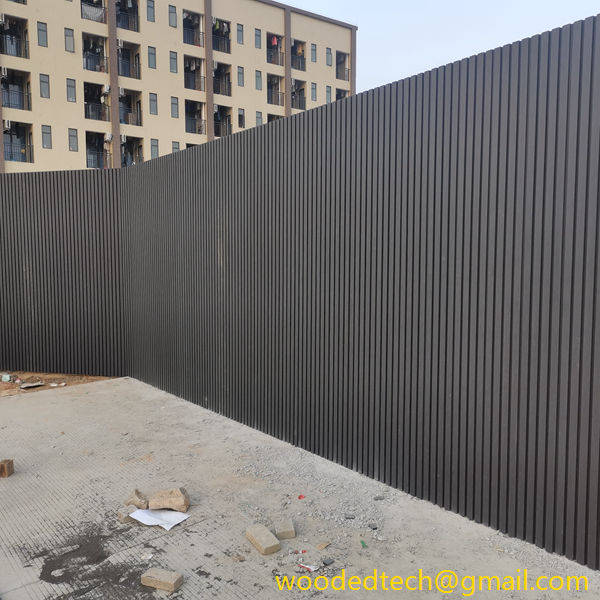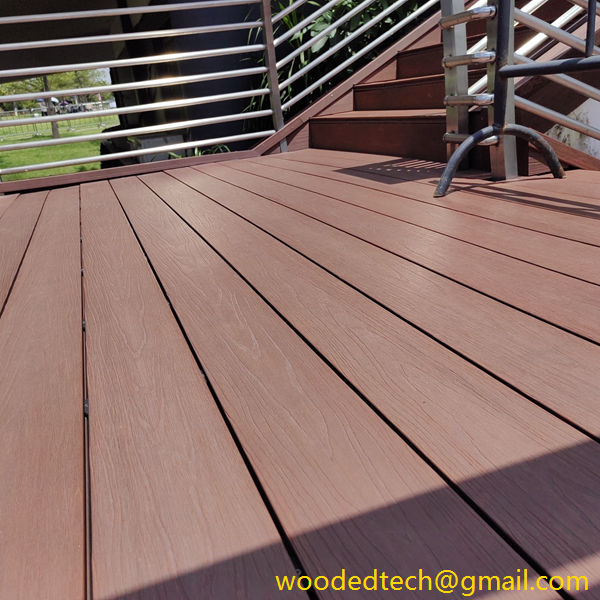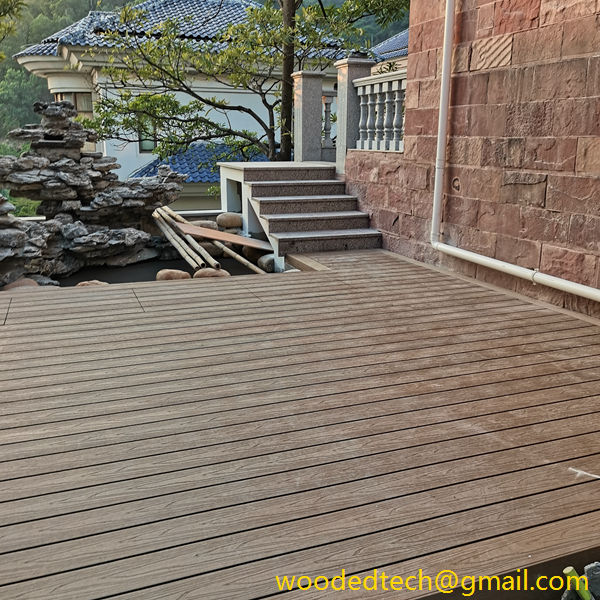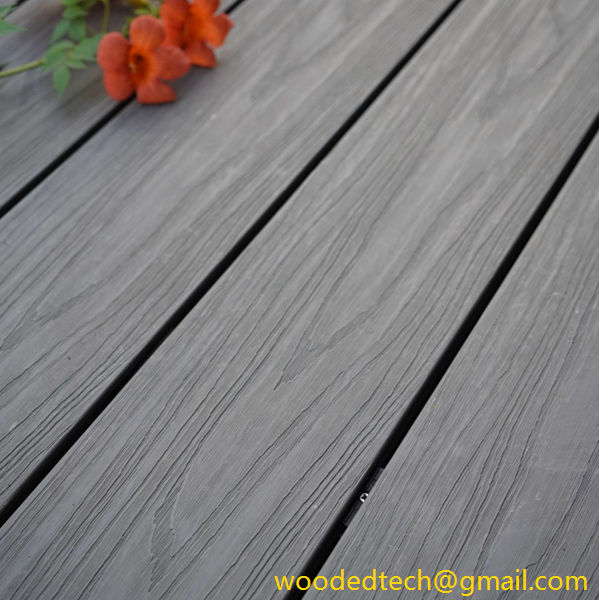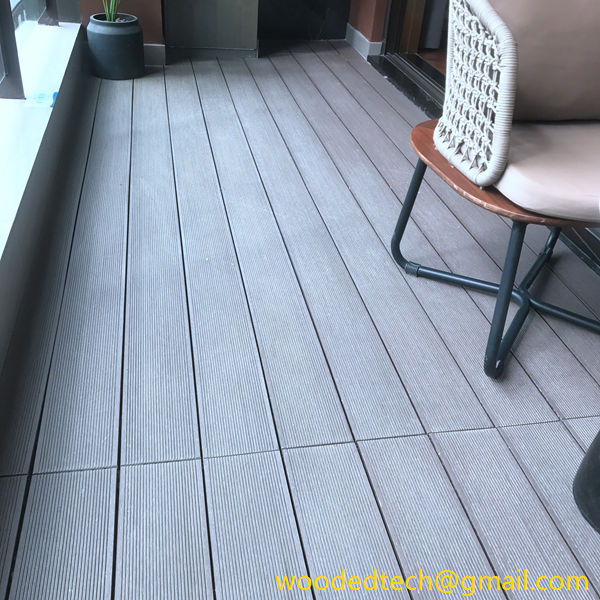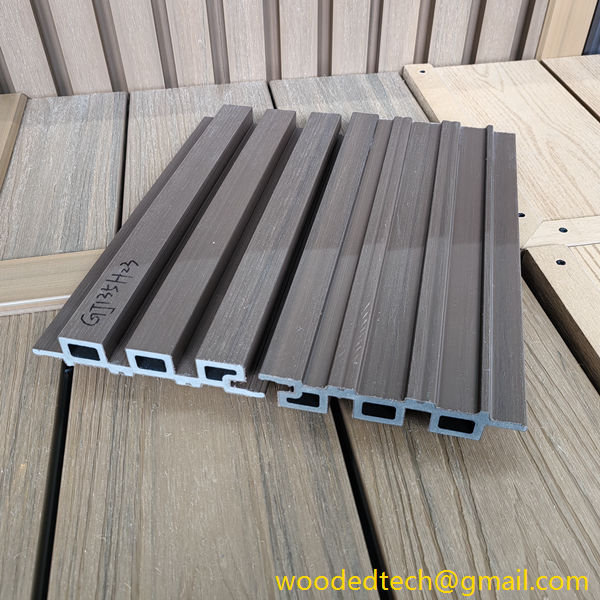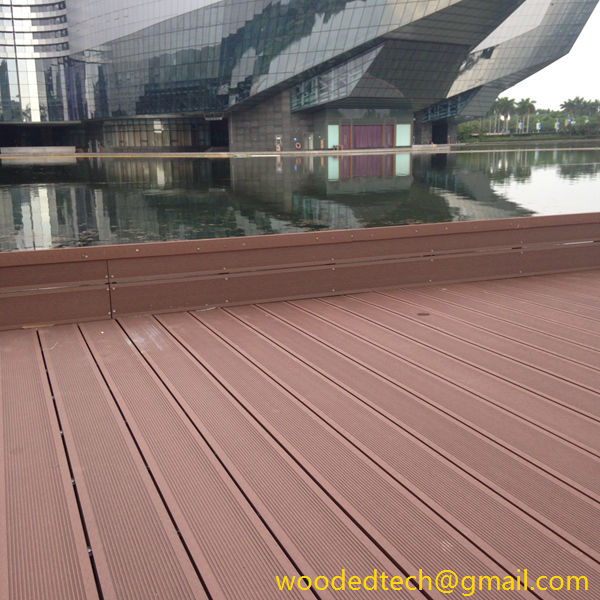O revestimento de madeira é à prova de água? Considerações chave
O revestimento de madeira é à prova de água? Considerações fundamentais Ao considerar o revestimento de madeira para a sua casa ou edifício comercial, uma das questões mais comuns que surgem é se o revestimento de madeira é impermeável. Esta questão é essencial, uma vez que a durabilidade e a longevidade do revestimento dependem significativamente da sua capacidade de resistir aos danos causados pela água. O revestimento de madeira pode ser...
O revestimento de madeira é à prova de água? Considerações chave
When considering wood cladding for your home or commercial building, one of the most common questions that arise is whether wood cladding is waterproof. This inquiry is essential, as the durability and longevity of the cladding depend significantly on its ability to resist water damage. Wood cladding can be both an aesthetically pleasing and functional choice, but understanding its properties in relation to water exposure is crucial to making an informed decision.
To begin with, it is important to clarify that wood, in its natural state, is not waterproof. It is a porous material that can absorb moisture, which can lead to issues such as warping, splitting, and rotting if not properly treated or maintained. Therefore, while wood cladding can be an attractive option for exteriors, one must consider several factors that determine its water resistance and overall performance.
First and foremost, the type of wood used for cladding plays a significant role in its water resistance. Certain species of wood, such as cedar, redwood, and cypress, have natural oils and preservatives that make them more resistant to moisture and decay. These woods can withstand exposure to the elements better than other varieties, making them popular choices for outdoor applications. However, even these naturally durable woods require some level of treatment or maintenance to maximize their lifespan and water resistance.
In addition to the species of wood, the method of treatment applied to the cladding also affects its waterproof characteristics. Many manufacturers offer treated wood products that have undergone processes such as pressure treatment or chemical infusion to enhance their resistance to moisture. These treatments can significantly prolong the life of the wood and reduce the likelihood of water damage.
Another vital consideration is the installation process of wood cladding. Proper installation techniques can greatly influence the cladding’s ability to resist water infiltration. For example, ensuring that there is adequate spacing between the boards allows for ventilation and drainage, preventing water from pooling in any areas. Additionally, using appropriate fasteners and sealants can help create a more watertight installation. It is essential to follow manufacturer guidelines and best practices for installation to optimize the performance of the wood cladding.
The climate in which the wood cladding is installed also plays a crucial role in its longevity and water resistance. In regions with high humidity or frequent rainfall, wood cladding may require more frequent maintenance and treatment to protect against moisture. Conversely, in drier climates, wood may fare better, but it could still be susceptible to issues such as splitting and cracking due to lack of moisture. Understanding the local climate is important in determining the best practices for maintaining wood cladding.
Maintenance is another critical aspect to consider when evaluating the waterproof qualities of wood cladding. Regular maintenance can significantly enhance the longevity and performance of wood cladding. This includes periodic cleaning, inspection for signs of damage, and reapplication of protective finishes or sealants. By proactively addressing any issues, property owners can prevent water damage and extend the life of their wood cladding.
Additionally, the design of the building and the architectural elements incorporated can influence how well wood cladding performs against water exposure. Features such as overhangs, awnings, and proper drainage systems can help to shield the cladding from direct rain and minimize water contact. A well-thought-out design will not only enhance the aesthetic appeal of the building but also protect the cladding from potential water damage.
It is also essential to consider the potential for mold and mildew growth on wood cladding exposed to moisture. If water seeps into the wood, it can create an environment conducive to mold growth, which can have health implications and further damage the structure. Choosing wood cladding with mold-resistant treatments or finishes can be beneficial in preventing these issues.
While wood cladding can be a beautiful and functional choice for exterior finishes, it is not inherently waterproof. The type of wood, the treatment applied, installation methods, climate considerations, maintenance practices, and building design all play significant roles in determining how well wood cladding can resist water exposure. By considering these factors and taking appropriate measures, property owners can enjoy the natural beauty of wood cladding while ensuring its durability and longevity in the face of the elements.
In conclusion, when selecting wood cladding for your project, it is essential to conduct thorough research and consult with professionals who can guide you in making the best choices. Understanding the characteristics of different wood types, the importance of treatment and maintenance, and the impact of installation and environmental factors will equip you with the knowledge needed to make an informed decision. With the right approach, wood cladding can not only enhance the aesthetic appeal of your property but also provide a durable and long-lasting exterior solution.

